|
It’s not often that I write about history, however, having studied mediæval history at uni, many aspects of it really didn’t make sense until I went and visited some of the places where these events occurred. Half of what goes on in Game of Thrones, was just daily life for many people throughout this period. At one point, the Pope was concerned about the level of violence throughout Europe. To deal with this issue, he made a decree that on a certain day nobody was to carry a weapon, therefore the world would have a break from violence and be made safer. Sadly, only the honest people followed this edict and were horribly slaughtered as a result.
From the age of the Vikings to the end of Queen Elizabeth’s reign, we covered a lot of ground at uni and there are so many places left to go to be able to put the pieces together. However, as I was in Wales, it was time to get a greater understanding of the expansion of the Normans and Edward I’s conquest of Wales. This conquest brought Wales under the control of the English monarch in 1283 and despite skirmishes and uprisings, its remained as part of the United Kingdom to this day. To establish and maintain his power base in Wales, Edward built a series of castles to fend off the Welsh princes. The scale of one of these castles is hard to understand until you’re actually there. Despite Cardiff being the capital of Wales today, with its own amazing castle, for Edward I, due to a Roman legend about a foreign king coming and falling in love with a Welsh princess and ruling the land, it was important to build his capital in Cænarvon the centre upon which the legend was based, which helped him gain, or appear to gain, legitimacy in his kingship. All of Edward’s castles were designed by the architect James of St. George. James was a Savoyard (from modern Italy), and he incorporated elements in his design from Europe and the Middle East. The fact that he built so many so quickly is amazing. I spent the morning climbing up and down the various towers, which I’m sure at one point were all linked together. However, due to the castle being in ruins, not everything remains intact. The time and energy required to get up and down the dizzying spiral staircases is surprising. If you could imagine trying to do that in full armour whilst being attacked by someone with a sword, you start to appreciate not living in mediæval times, add to that the Black Death and infant mortality and a six hour wait in a modern hospital waiting room doesn’t seem so bad. What’s really important however, about going to a place such as Cænarvon Castle, walking through the dark halls, peering out from the battlements and standing on the towers looking out over the surrounding township and the sea, is that you start to gain a real understanding of history. Through technology, we can now travel places without leaving the classroom, which is good in some ways, but the virtual world can never replace the real world experience of going somewhere. You can’t feel the icy wind on your cheeks, smell the dank odour of the dungeons and be amazed at the sheer enormity of the structure, as you walk through the gates. All of this is lost in the virtual experience. Although taking your class overseas to tour the various castles, monasteries and cathedrals of Europe may be a more challenging task than switching on a virtual world, the difference this will make is enormous. At the very least for your own teaching, travel far and wide to as many places as you can to see and experience sites such as Cænarvon Castle. This will have a huge impact on your ability to better understand and teach that part of history.
0 Comments
Your comment will be posted after it is approved.
Leave a Reply. |
Categories
All
Archives
April 2021
|
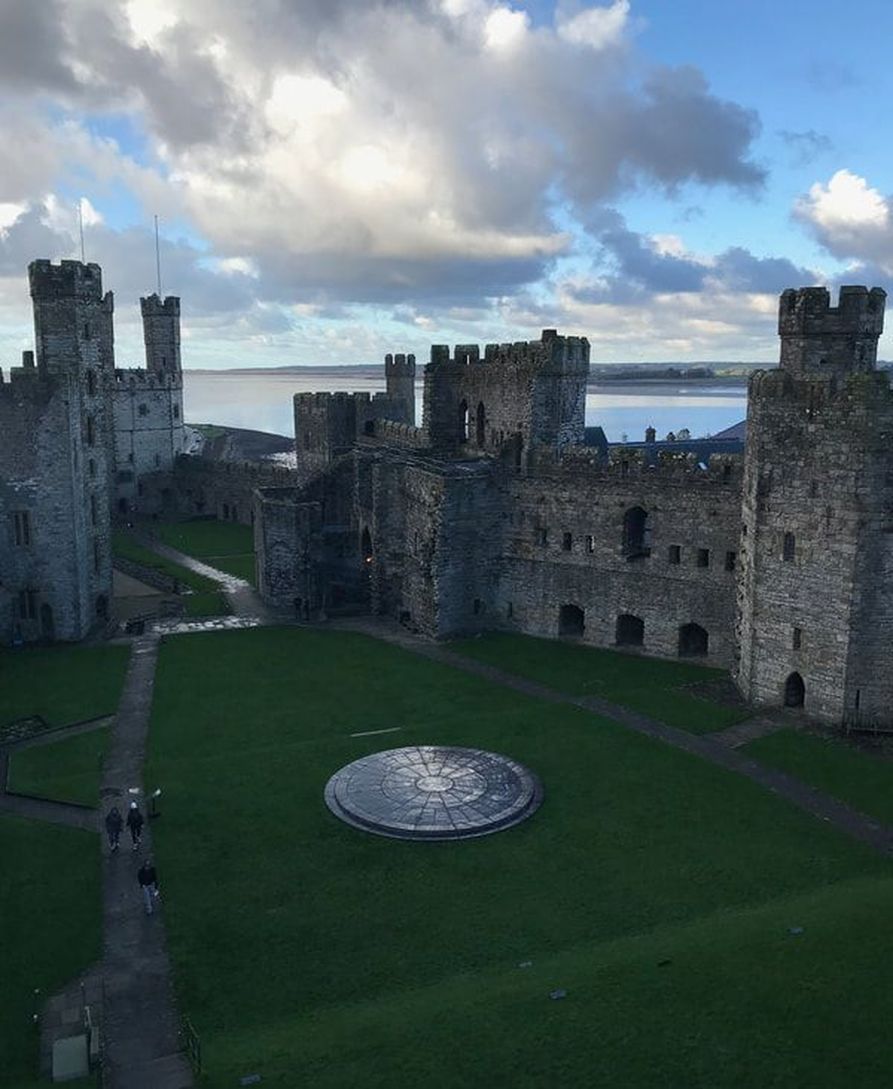
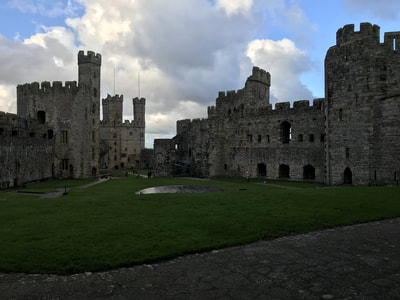
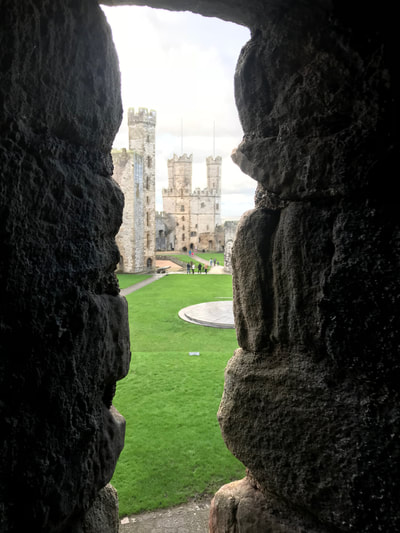
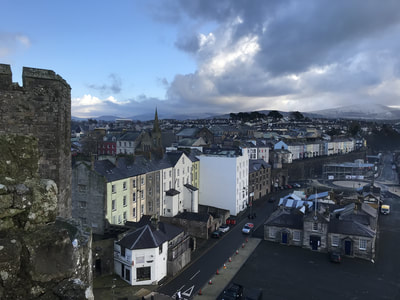
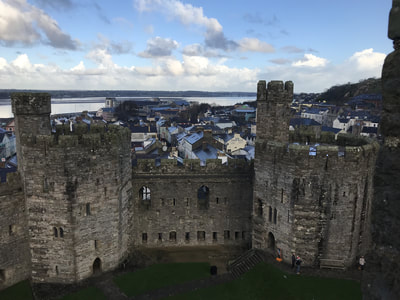
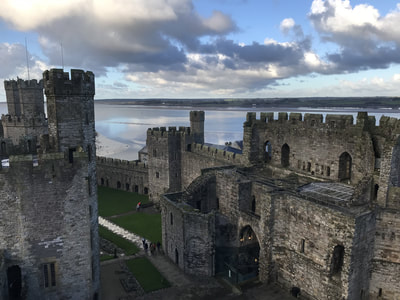
 RSS Feed
RSS Feed